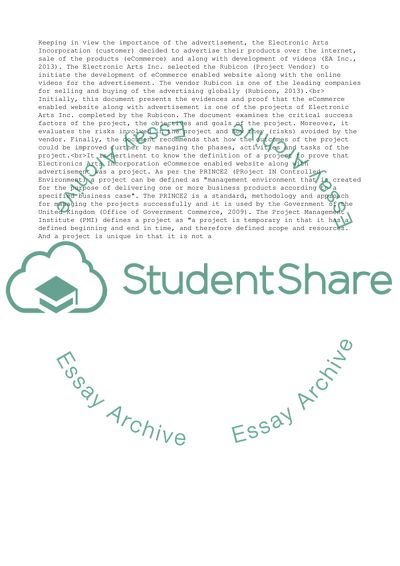Cite this document
(Burj Khalifa Project Assignment Example | Topics and Well Written Essays - 3500 words, n.d.)
Burj Khalifa Project Assignment Example | Topics and Well Written Essays - 3500 words. https://studentshare.org/e-commerce/1798285-burj-khalifa-project
Burj Khalifa Project Assignment Example | Topics and Well Written Essays - 3500 words. https://studentshare.org/e-commerce/1798285-burj-khalifa-project
(Burj Khalifa Project Assignment Example | Topics and Well Written Essays - 3500 Words)
Burj Khalifa Project Assignment Example | Topics and Well Written Essays - 3500 Words. https://studentshare.org/e-commerce/1798285-burj-khalifa-project.
Burj Khalifa Project Assignment Example | Topics and Well Written Essays - 3500 Words. https://studentshare.org/e-commerce/1798285-burj-khalifa-project.
“Burj Khalifa Project Assignment Example | Topics and Well Written Essays - 3500 Words”. https://studentshare.org/e-commerce/1798285-burj-khalifa-project.


